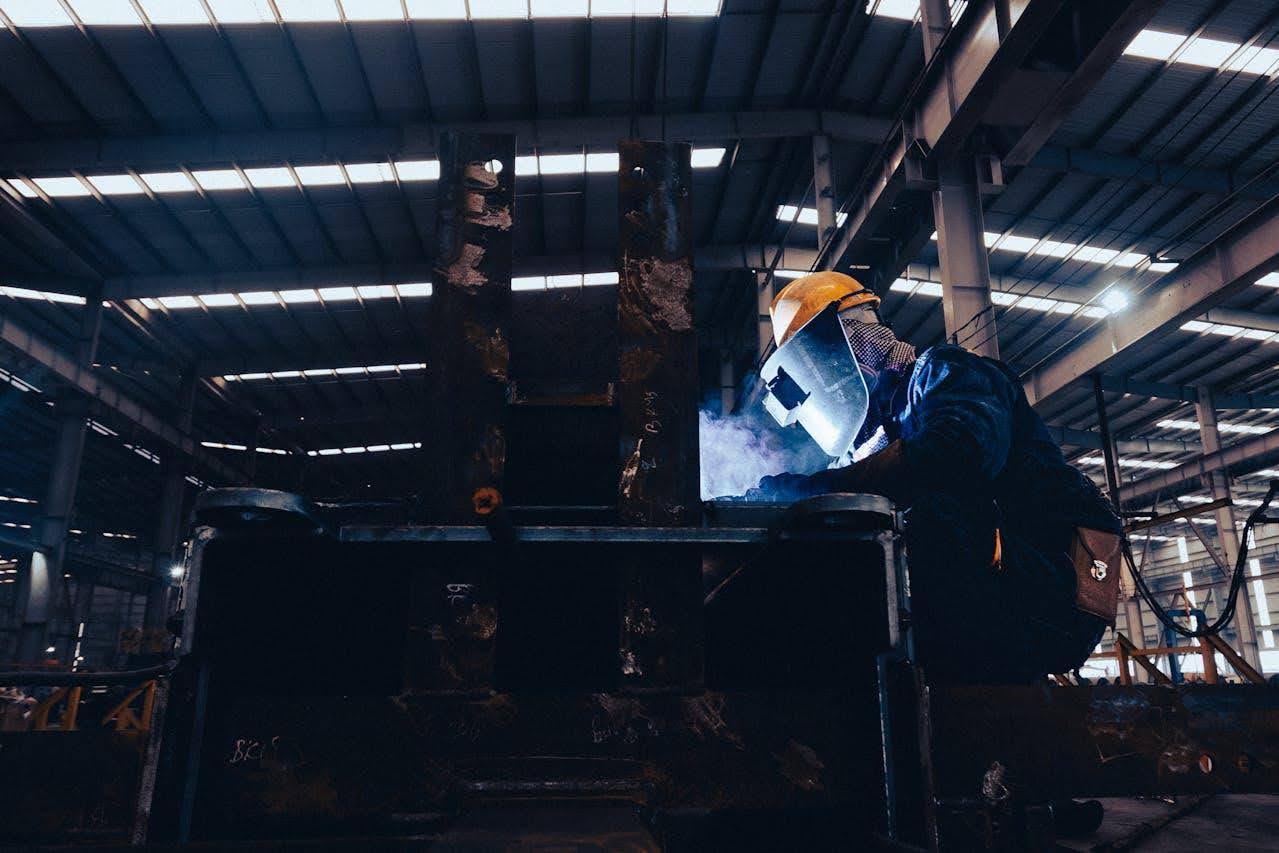Powder coating large construction equipment parts presents unique challenges that smaller components simply don’t face. The sheer size and weight of these parts mean that traditional coating methods often fall short, leaving you with uneven coverage, missed spots, and ultimately, disappointed customers.
Getting consistent results across massive surfaces requires a systematic process. Each step builds on the previous one, creating a foundation for professional-quality finishes that protect equipment from harsh outdoor conditions.
These five proven steps will transform your large part coating operations from hit-or-miss to consistently excellent.
Invest in E-Coating for Construction Equipment
E-coating serves as your secret weapon for large construction equipment parts. This electrodeposition process creates a uniform base layer that reaches every nook and cranny of complex geometries. The electrical charge draws coating material into recessed areas where traditional spray methods struggle to reach.
Quality e-coating for construction equipment fills in microscopic imperfections and provides consistent coverage across the entire surface. For construction equipment with intricate shapes, brackets, and hard-to-reach areas, this preliminary step eliminates the guesswork from achieving complete coverage.
The process also improves powder adhesion significantly. Your powder coating bonds more effectively to the e-coated surface, reducing the risk of premature failure in demanding outdoor applications.
Surface Preparation
Clean surfaces make all the difference between powder that sticks and powder that fails. Large equipment parts accumulate more contaminants than smaller pieces simply because of their size and exposure during manufacturing and handling.
Start with thorough degreasing using appropriate solvents. Oil, fingerprints, and manufacturing residues create invisible barriers that prevent proper powder adhesion. For construction equipment, pay special attention to welded joints and machined surfaces where cutting oils commonly remain.
Abrasive blasting removes mill scale, rust, and creates the surface profile needed for mechanical adhesion. Large parts require careful attention to blasting patterns to ensure uniform surface texture across the entire piece. Inconsistent surface preparation directly translates to inconsistent coating results.
Application Techniques for Large Parts
Large parts demand modified application strategies compared to smaller components. Standard spray guns often lack the powder output needed to coat massive surfaces efficiently before the powder begins settling.
High-output guns with larger powder hoppers reduce refill frequency and maintain consistent application rates. Position multiple guns strategically to cover different sections simultaneously, ensuring even coverage before powder settles or air currents affect the spray pattern.
Curing Process Essentials
Large parts present unique curing challenges that smaller components never face. Thermal mass means these parts heat up slowly and cool down slowly, requiring extended cure cycles.
Oven airflow patterns become crucial for uniform heating. Large parts can block airflow, creating hot and cold spots that result in uneven curing. Position parts to allow air circulation around all surfaces, and consider rotating heavy pieces during the cure cycle if possible.
Monitor actual part temperature, not just oven temperature. The center of thick sections may lag behind thin edges, requiring extended cure times to ensure complete crosslinking throughout the coating. Under-cured powder appears glossy and soft, while properly cured coatings feel hard and durable.
Inspection and Quality Control
Systematic inspection catches problems before parts leave your facility. Large surfaces make visual inspection challenging, so establish a methodical process that covers every area.
Check these areas carefully:
- Edges and corners where powder tends to thin out
- Recessed areas where powder may not penetrate fully
- Vertical surfaces where powder might sag or run
- Ground contact points where electrical arcing can occur





